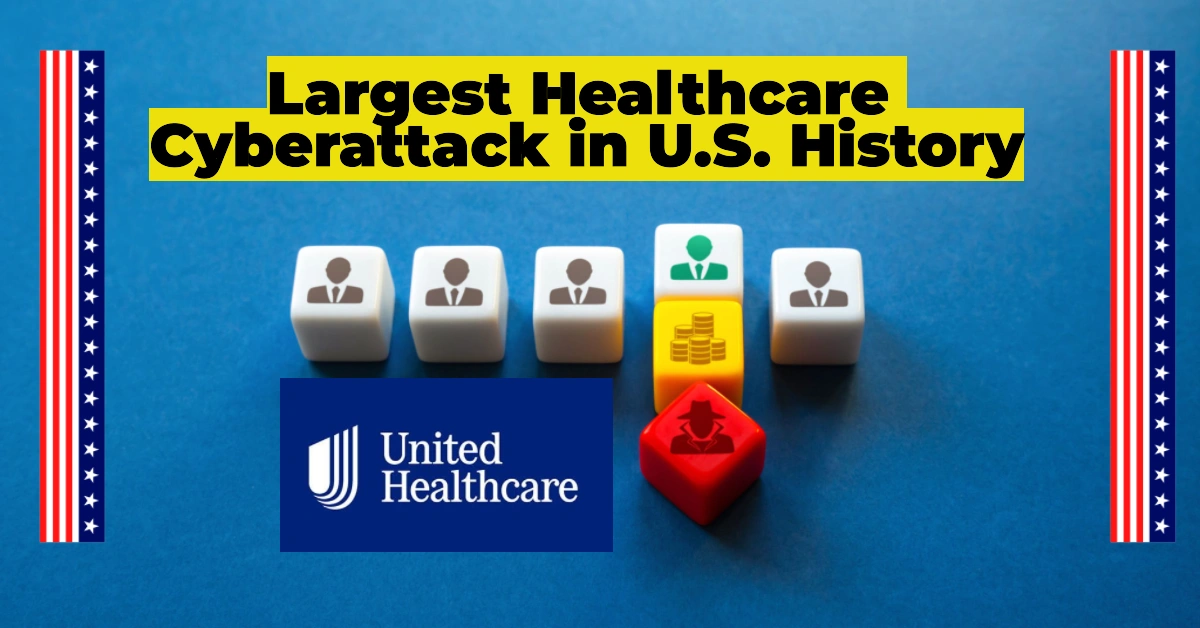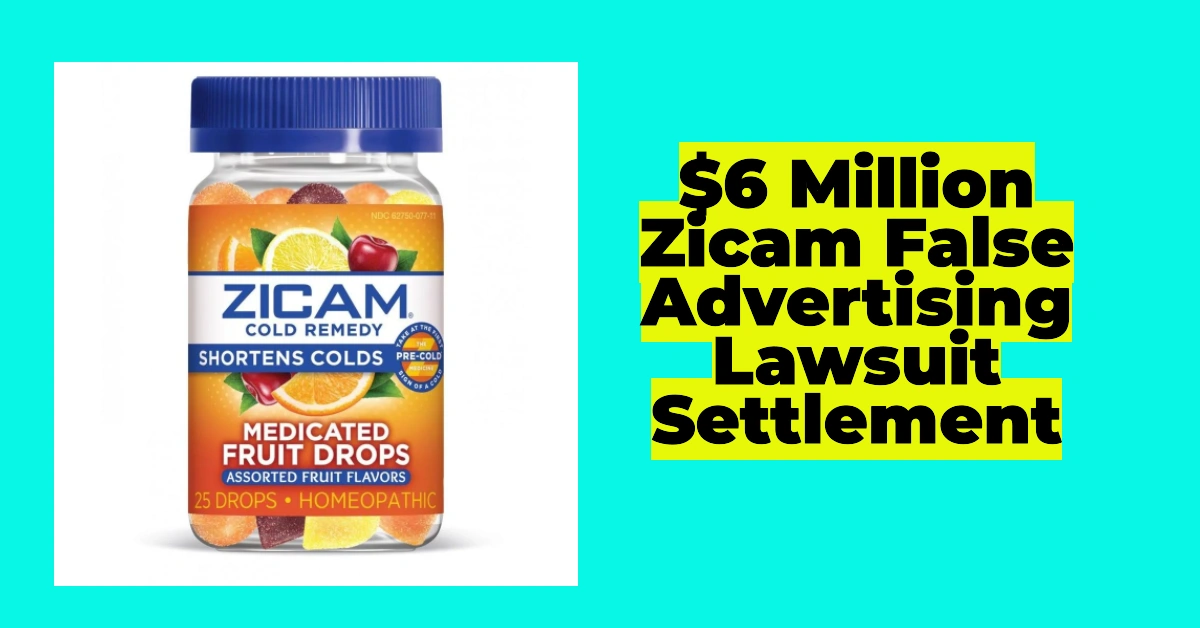For millions of Americans, Supplemental Security Income (SSI) provides crucial financial assistance. If you currently receive SSI benefits or are considering applying, it’s essential to stay informed about recent updates to the program. These changes aim to expand eligibility, increase payment amounts, and simplify certain processes, making it easier for beneficiaries to access much-needed financial support.
Table of Contents
Here’s a detailed look at the major updates affecting SSI recipients.
1. Understanding SSI: What You Need to Know
SSI is a federal program designed to provide financial assistance to individuals who are 65 or older, blind, or disabled and have limited income and resources. Unlike Social Security benefits, SSI does not depend on work history but is funded through general tax revenues, ensuring a safety net for vulnerable populations.
2. SSI Payments Are Increasing in 2025
To keep up with inflation, the Social Security Administration (SSA) has announced a cost-of-living adjustment (COLA) for SSI payments in 2025. This ensures that beneficiaries maintain their purchasing power despite rising costs.
- Individuals will now receive a maximum of $967 per month.
- Couples will see their payments increase to $1,450 per month.
- Essential persons (those providing necessary care to an SSI recipient) will receive $484 per month.
This increase offers much-needed financial relief to SSI beneficiaries facing higher living expenses.
All the Social Security Updates for Divorced Individuals – How They Will Impact Your Benefits
3. Expanded Eligibility: More People Now Qualify for SSI
The SSA has redefined what constitutes a public assistance household, making it easier for more people to qualify.
- Households receiving Supplemental Nutrition Assistance Program (SNAP) benefits are now considered public assistance households.
- Previously, all members of a household had to receive public assistance for eligibility; now, only some members need to qualify.
This expansion allows more low-income individuals to access SSI benefits.
What State Pays the Most for SSI 2025: Maximizing SSI Benefits
$725 Monthly Stimulus Payments for Families in the Sacramento Primero Program
9 States That Will Still Tax Your Social Security Benefits in 2025: What You Need to Know
4. Food Assistance No Longer Reduces SSI Payments
Before this update, receiving food aid—such as SNAP benefits—could lower the amount of SSI an individual was eligible to receive. Now, food assistance is no longer counted as income for SSI calculations.
This means that beneficiaries can receive food aid without worrying about reductions in their SSI payments, allowing them to meet their basic needs more effectively.
5. Rental Assistance Has Less Impact on SSI Benefits
Previously, receiving rental assistance or living in subsidized housing could reduce SSI benefits significantly. The SSA has now minimized the impact of discounted rent or housing aid on SSI eligibility and payment amounts.
This change was initially limited to a few states, such as Connecticut, Illinois, Indiana, New York, Texas, Vermont, and Wisconsin, but has now been expanded nationwide. This ensures that beneficiaries can live in affordable housing without sacrificing a significant portion of their SSI payments.
6. Overpayment Waivers and Faster Resolutions
Sometimes, SSI recipients are overpaid due to administrative errors or unreported income changes. The SSA has made it easier to request waivers for these overpayments when the recipient acted in good faith.
Additionally, the SSA has raised the threshold for resolving underpayments without additional administrative approval from $5,000 to $15,000. This change will help streamline the process, reducing backlogs and ensuring beneficiaries receive their rightful payments more efficiently.
Final Thoughts: Why These SSI Changes Matter
These recent updates to Supplemental Security Income reflect a commitment to making the program more accessible and supportive for those who need it most.
- Higher payment amounts provide better financial stability.
- Expanded eligibility helps more individuals qualify for much-needed benefits.
- The elimination of food aid penalties and reduced impact of rental assistance ensure recipients can meet their basic needs without financial penalties.
- Overpayment waivers and streamlined resolutions reduce unnecessary stress for beneficiaries.
Smart Money Moves to Strengthen Your Financial Future
Regardless of your financial situation, there are steps you can take to improve your stability and security. Here are some key strategies:
1. Pay Off Debt
Debt can slow down financial progress. Consider tools like balance transfer credit cards or debt counseling to help you manage and reduce outstanding balances efficiently.
2. Increase Your Income
If money is tight, look for ways to supplement your income. A part-time job or a freelance side hustle can provide additional financial breathing room.
3. Cut Unnecessary Expenses
- Compare auto insurance rates to find the best deal, as rates have been increasing.
- Use travel credit cards to offset vacation costs and save on upcoming trips.
- Evaluate your subscription services and eliminate those you don’t use.
4. Stay Informed About Financial Assistance Programs
Programs like SSI evolve over time. Keeping up with changes can help you maximize your benefits and minimize financial stress.
By taking control of your finances and staying informed about new opportunities, you can build a more secure and comfortable future.










